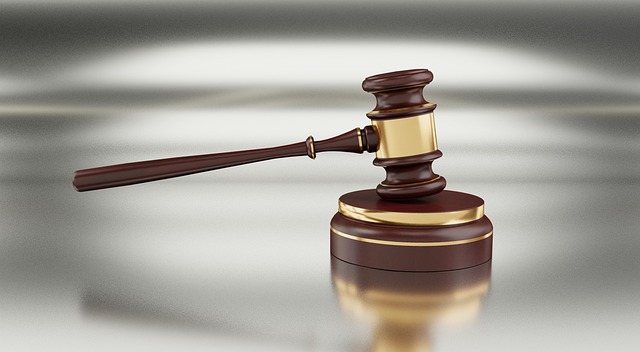A personal injury trial compensates individuals for harm caused by another party's actions through liability and damages proof. Key elements include duty of care, breach, causation, and actual damages. Strategies involve narrative construction, evidence gathering, and legal expertise tailored to diverse scenarios like car accidents or medical malpractice. The process begins with a lawsuit, progresses to pre-trial hearings, and culminates in arguments and evidence presentation before a judge or jury who decide based on facts, legal arguments, and applicable laws, significantly impacting recovery, especially in complex cases.
“Uncover the secrets of a successful personal injury trial with our comprehensive guide. In this article, we demystify the legal landscape, providing insights into what makes a case strong. From understanding the fundamentals of personal injury law to mastering key evidence and strategies, you’ll learn how to build a solid foundation. We’ll then navigate the trial process, equipping you with knowledge to prepare effectively. Maximize your chances of success in personal injury trials—dive in and explore these essential elements.”
- Understanding the Basics of Personal Injury Law
- Building a Solid Case: Key Elements and Strategies
- Navigating the Trial Process: What to Expect and Prepare For
Understanding the Basics of Personal Injury Law

Personal injury law is a complex area that focuses on compensating individuals for physical or emotional harm caused by another party’s negligence or intentional actions. At its core, a successful personal injury trial case hinges on proving liability and quantifying damages. When someone suffers serious injuries due to an accident, understanding the fundamentals of this legal process becomes crucial.
The first step is to identify the elements that constitute a valid claim. This includes establishing a duty of care, breach of that duty, causation, and actual damages. For instance, in product liability cases, manufacturers have a responsibility to ensure their products are safe for consumers. If a defective product causes an injury, it triggers a personal injury trial where the victim seeks accident compensation. Similarly, in cases involving serious injuries from motor vehicle accidents or slips and falls, victims must demonstrate how someone’s negligence directly led to their harm to strengthen their case for appropriate redress.
Building a Solid Case: Key Elements and Strategies

Building a solid case for a personal injury trial requires strategic planning and a deep understanding of key elements that can make or break the outcome. Firstly, establishing a clear and compelling narrative is essential. This involves meticulously documenting the sequence of events leading up to the injury, gathering evidence such as medical records, police reports, and witness statements, and presenting them in a logical manner.
The strength of the case lies not only in the facts but also in the ability to connect them to the defendant’s actions or negligence. This may include demonstrating liability through expert testimony, establishing damages with supporting documentation like medical bills and lost wages, and showcasing how the defendant’s conduct directly caused the plaintiff’s injuries. Additionally, considering the context of the personal injury trial is vital; whether it’s a case of car accidents, slip and falls, medical malpractice, or even employment disputes, elder abuse, or partnership disagreements, understanding the specific legal frameworks and precedents can significantly influence the strategy and presentation of the case.
Navigating the Trial Process: What to Expect and Prepare For

Navigating a personal injury trial involves understanding a series of steps designed to seek justice and secure client recovery. The process begins with filing a lawsuit, followed by pre-trial hearings where both parties present their cases and gather evidence. During this phase, it’s crucial to prepare thoroughly, gathering medical records, witness statements, and legal documents that support the claim.
As the trial progresses, each side presents its arguments and evidence before a judge or jury. This can be an intense and emotional experience, with both the plaintiff and defendant having opportunities to cross-examine witnesses. The goal for plaintiffs is to demonstrate liability and damages, while defendants aim to challenge these aspects. Ultimately, the outcome rests on the decision of the judge or jury, based on the evidence presented, legal arguments, and applicable laws—a crucial factor in determining client recovery in business litigation, including cases involving caregiver negligence.
A successful personal injury trial case hinges on a comprehensive understanding of legal principles, robust evidence, and meticulous preparation. By combining thorough investigation, compelling storytelling, and strategic advocacy, individuals can navigate the complexities of the trial process and secure justice for their injuries. Remember, a strong case not only relies on the specifics of the incident but also on the ability to communicate its impact emotionally and logically to a jury. With the right approach, personal injury trials can serve as powerful platforms for holding parties accountable and ensuring compensation for victims’ hardships.






